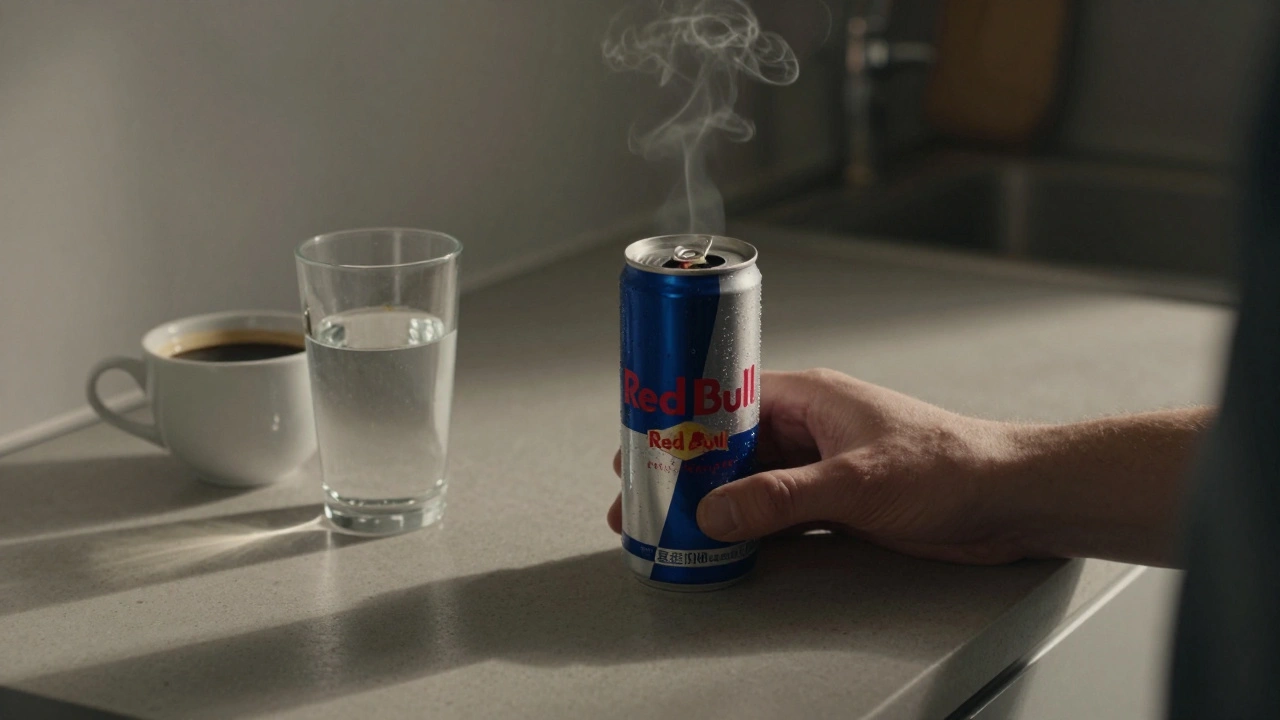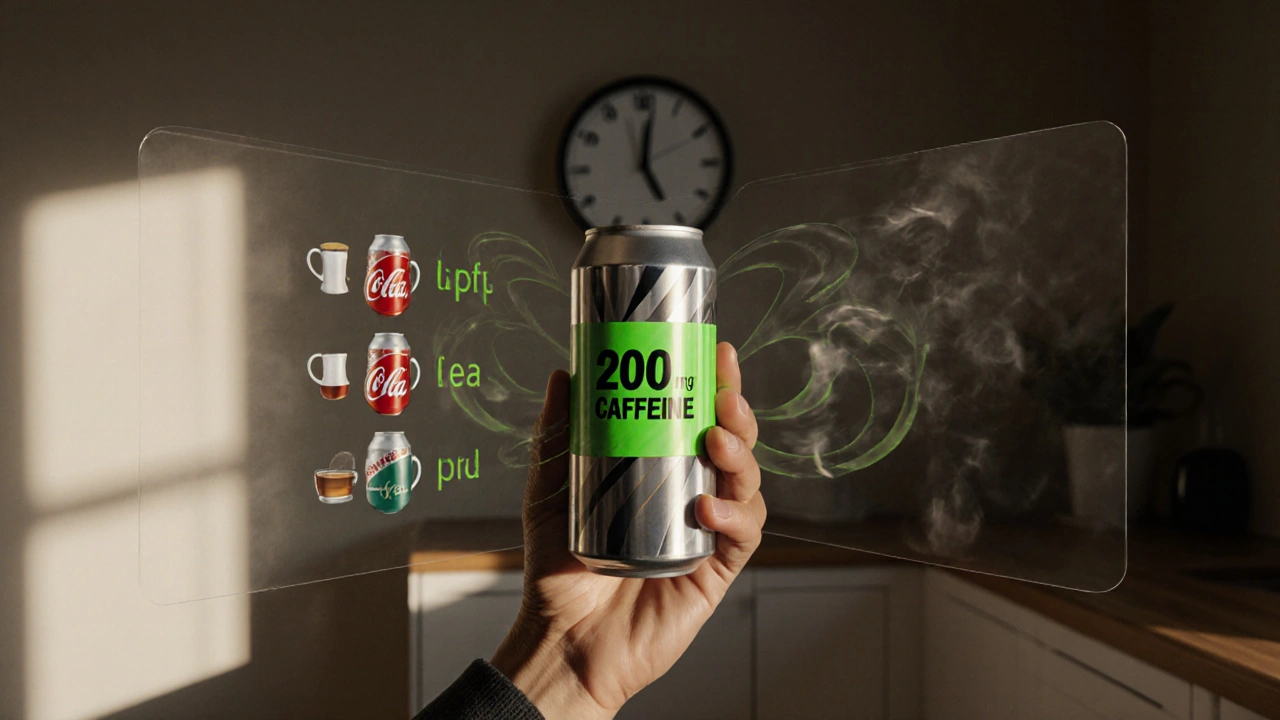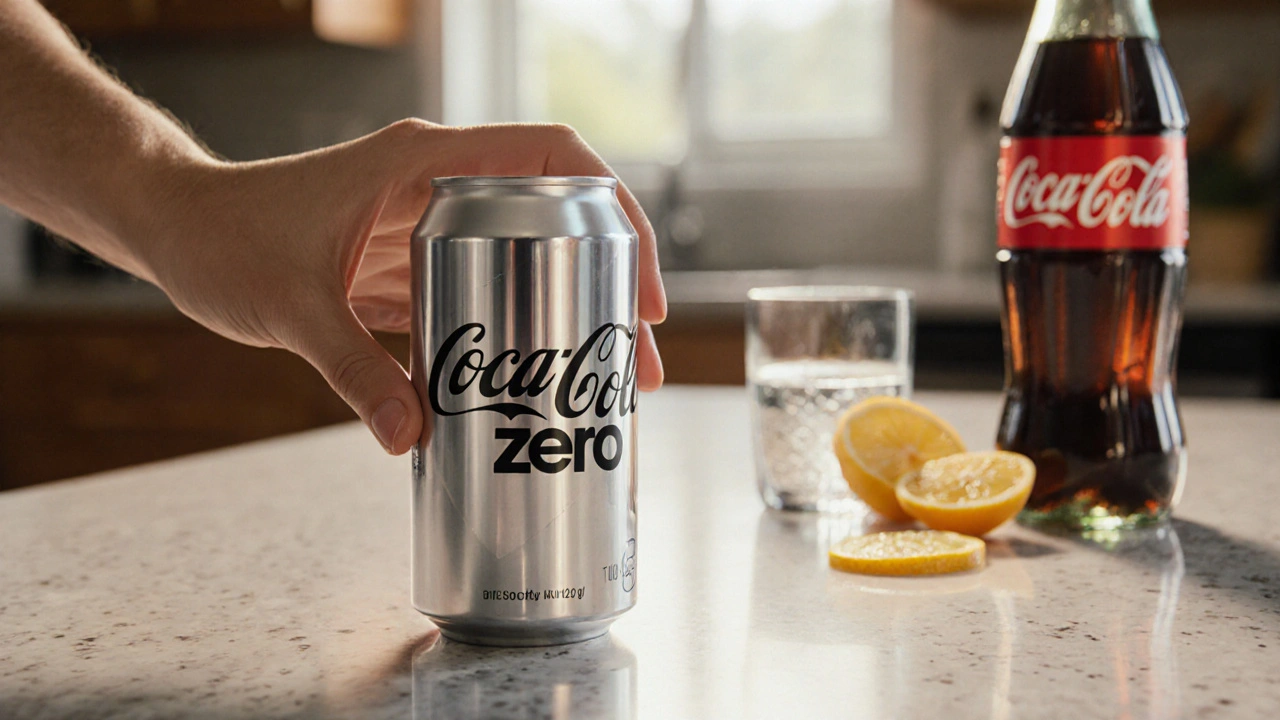Caffeine Intake – What You Need to Know
When you think about caffeine intake, the total amount of caffeine you get from coffee, tea, energy drinks, chocolate, and supplements. Also known as caffeine consumption, it plays a big role in how alert you feel and how your body reacts. Most people don’t realize that a single latte, a can of soda, or even a piece of dark chocolate adds to the daily total. The key is to see caffeine as a nutrient you can count, not just a buzz you enjoy. By treating each source the same way you would calories, you can spot patterns, avoid overdoing it, and keep the good stuff while ditching the side effects.
Caffeine metabolism, how your liver breaks down caffeine into paraxanthine, influencing how fast the buzz fades varies widely. Some people process caffeine in as little as three hours, while others take up to ten. Age, genetics, liver health, and even certain medications can speed up or slow down this process. A slower metabolic rate means the same amount of caffeine stays in the bloodstream longer, raising the chance of jittery hands, trouble sleeping, or a racing heart. Knowing whether you’re a fast or slow metabolizer helps you decide if you need a smaller cup of coffee or a lighter‑filled energy drink.
The link between heart rate, the number of beats your heart makes each minute and caffeine intake is direct: a higher dose often spikes the pulse. Even a modest 100 mg boost can raise resting heart rate by five to ten beats for sensitive individuals. Blood pressure may climb too, especially if you already have hypertension or are prone to stress. This isn’t just a statistic; it’s a real reason why some athletes monitor their caffeine load before competitions. By checking your baseline heart rate and knowing how caffeine moves it, you can pick a dose that fuels performance without crossing into unsafe territory.
Energy drinks, beverages that combine caffeine, sugar or sweeteners, and other stimulants for a quick boost have exploded on store shelves. Brands like Prime or C4 often list 150 mg to 300 mg of caffeine per can, sometimes paired with taurine, beta‑alanine, or high levels of sugar. Because the caffeine arrives all at once, the body reacts faster than it would to a gradually sipped coffee. That rapid hit can feel great for a short sprint, but it also makes it easier to overshoot your daily limit without noticing. Reading the label is essential: the caffeine amount is usually printed in milligrams, not just “high caffeine”. Treating an energy drink like a single coffee can double or triple your intended dose, leading to the dreaded heart palpitations or a crash later in the day.
Practical Ways to Track Your Caffeine Intake
caffeine intake can be tracked with a few simple habits. Start by writing down every caffeinated item you consume and its milligram count. Most coffee chains provide this info online; a standard 8‑oz drip coffee holds about 95 mg, while a 16‑oz latte can push 150 mg or more. Energy drink cans label their caffeine, ranging from 80 mg in a light version to 300 mg in a high‑energy version. Don’t forget tea, chocolate, and certain medications – they add up too. Aim to stay under the generally accepted safe ceiling of 400 mg per day for most adults. That limit translates to roughly four regular coffees, two strong energy drinks, or a mix of coffee and tea that stays within the boundary. If you’re pregnant, have heart issues, or are under 18, the safe number drops to 200 mg or less, so adjust your log accordingly.
Below you’ll find a curated set of articles that dig deeper into these topics: the effect of caffeine on heart rate, how specific drinks like Prime or C4 compare, guides on balancing caffeine with other nutrients, and tips for lowering a racing pulse after a high‑caffeine snack. Whether you’re a gym‑goer looking for a performance edge, a busy professional trying to stay alert, or just curious about the science behind that afternoon pick‑me‑up, the collection has you covered. Dive in and arm yourself with the facts you need to enjoy your boost without the downside.
One Red Bull a week won't kill you, but it's not harmless. Sugar, caffeine, and hidden habits can affect sleep, metabolism, and energy long-term. Here's what really happens to your body.
Is 200 mg of caffeine a lot? For most adults, it's within safe limits-but for teens, pregnant women, or sensitive individuals, it can cause anxiety, sleep issues, or heart problems. Learn what this dose really means for your body.
A practical look at whether a daily can of Coke Zero is safe, covering caffeine, artificial sweeteners, health guidelines, and tips for balanced consumption.



